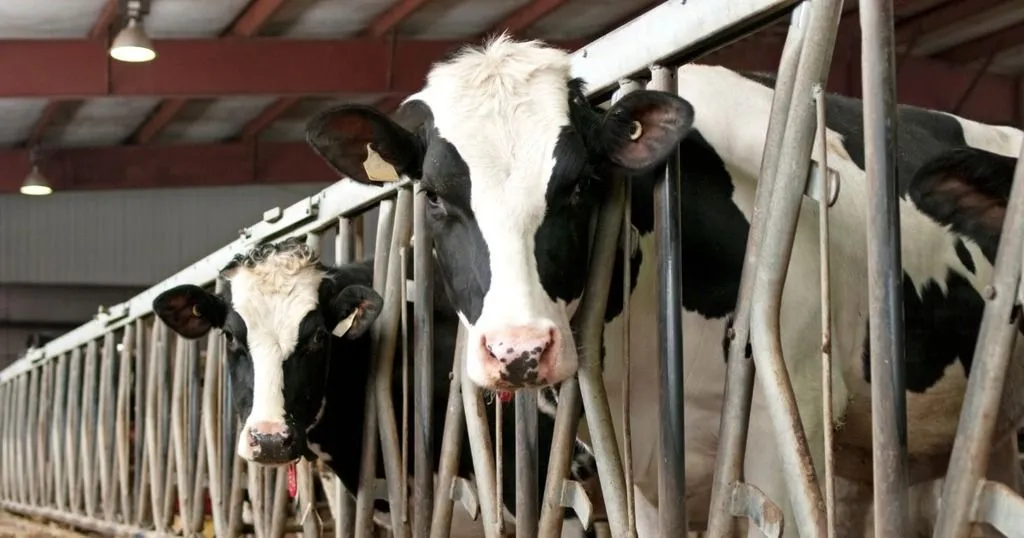Behavioral tests to select police horses
The personality of police horses influences how well they do in their ‘job’. That’s why personality tests are important for both animal and human welfare and safety.
Posted by
Published on
Tue 04 Jul. 2017
Topics
| Heart Rate | Horses | The Observer XT | Video Observation |

I’m sure you’ve heard someone say a dog looks like its owner? Or that cats have a character of their own? As an owner of four cats and a horse, I can definitely say I agree that animals show personality. And personality can be important if the animals serve a specific role.
Personality in horses
Take police horses, for example. Their personality surely influences how well they do in their ‘job’. That’s why personality tests are important for both animal and human welfare and safety.
Selection of police horses
Marc Pierard and colleagues from the University of Leuven (Belgium) and the University of Sydney (Australia) have developed a procedure to support the selection of police horses, and recently carried out a pilot study with these horses to see if the 9 tests were feasible to execute.
Tests and trials
In these behavioral tests, the personality of 48 horses was assessed based on behavioral coding and subjective rating. The horses were studied while they ran loose, were presented with an umbrella coming from the ceiling, exposed to sudden sounds, were led over a wooden plank and tarp, and exposed to a conspecific.
Video recording
During these tests, a video camera recorded the horses from above, and these videos were used to code behaviors of interest with The Observer XT software. Assessments were made on their movements, behaviors such as jumping, bucking, and whinnying, as well as contact and proximity to objects and the handler.
Heart rate data integration
Initially, the researchers wished to also integrate the horses’ heart rate data. These types of external data are easily integrated with The Observer XT for combined analysis. However, as the horses were moving freely, rolling and bucking, the electrodes did not stay put. In addition, the receiver was placed in the corner of the arena instead of on the animal, resulting in loss of data.
Good trial run
This protocol proved to be feasible, safe, and practical in this study, which was the main aim of this study. The 48 horses in this study were all trained police horses, so it is not that surprising that the behavioral test did not yield significant differences between 36 “well-suited” and 12 “less-suited” horses. Further developed, these tests might prove useful in the future selection of police horses, using current results as a benchmark.
References
Pierard, M.; McGreevy, P.; Geers, R. (2017). Developing behavioral tests to support selection of police horses. Journal of Veterinary Behavior, 19, 7-13.
Related Posts

Studying shrimp feeding behavior and why it’s important for aquaculture

Students’ first contact with The Observer XT

